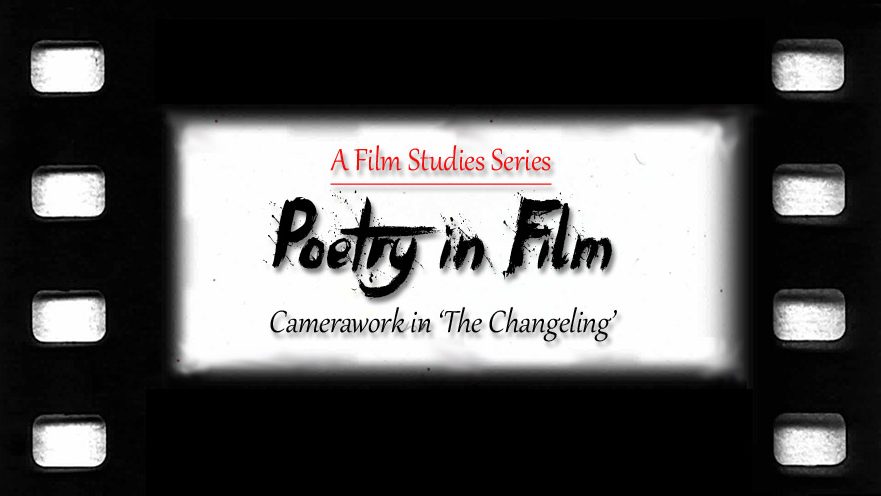“A film is never really good unless the camera is an eye in the head of a poet.” — Orson Welles

In 1980, a Canadian film titled The Changeling was released starring Oscar winner George C. Scott and directed by Peter Medak. It joins ‘The Shining’ as it, too, was released that same year, jump starting the thriller and fantasy-horrors that would later come to characterize the decade.
Films like The Changeling and The Shining sit in a strange timezone for the horror genre, right between the romanticized drama of (arguably) horror’s golden era and the squeamish oriented scares yet to come.
Medak carried on the tradition of past directors such as Richard Donner (The Omen) and Roman Polanski (Rosemary’s Baby) with taking chances for the sake of art and vision. Both Kubrick and Medak relied heavily on dramatic flare through the use of specific camera shots and angles to entice the scare from their viewers. While The Changeling’s story (which writer Russell Hunter claims to be based on true events he witnessed “while living at the Henry Treat Rogers Mansion of Denver, Colorado) starts strong but teeters off towards the end, one thing remains steady throughout 107 minutes: Medak’s impeccable camerawork.
Here is a walk-through of some of The Changeling’s most notable shots and scenes:
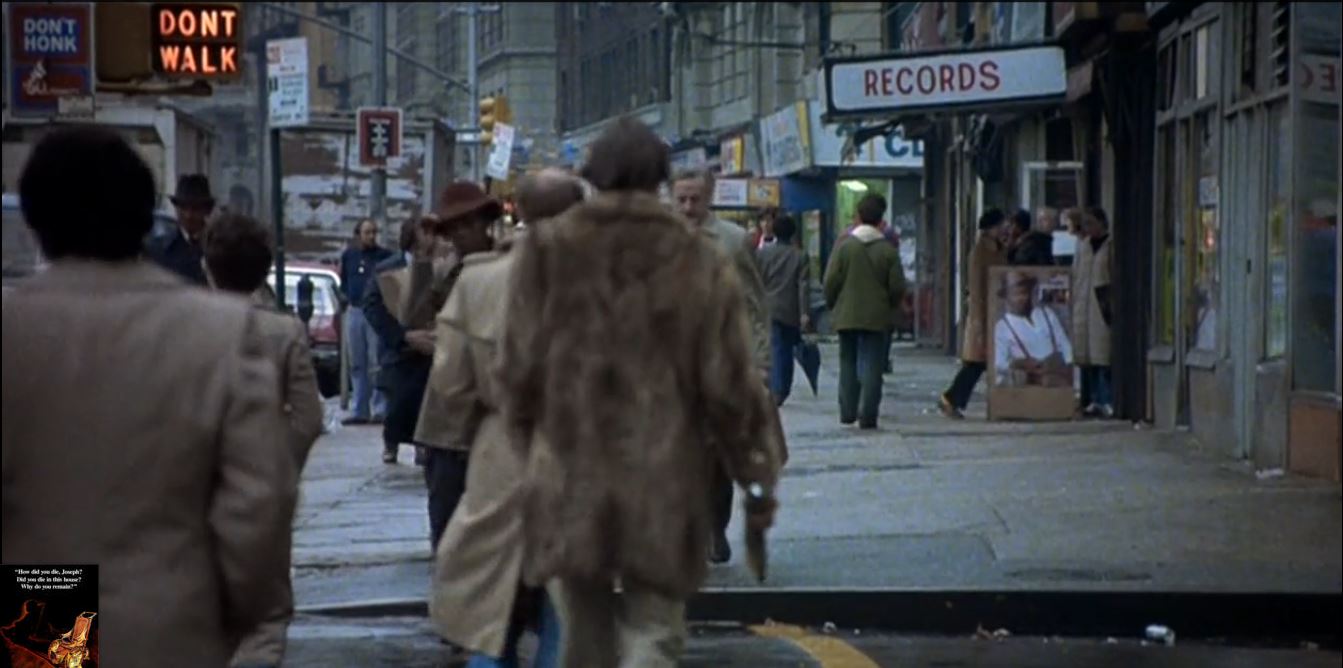
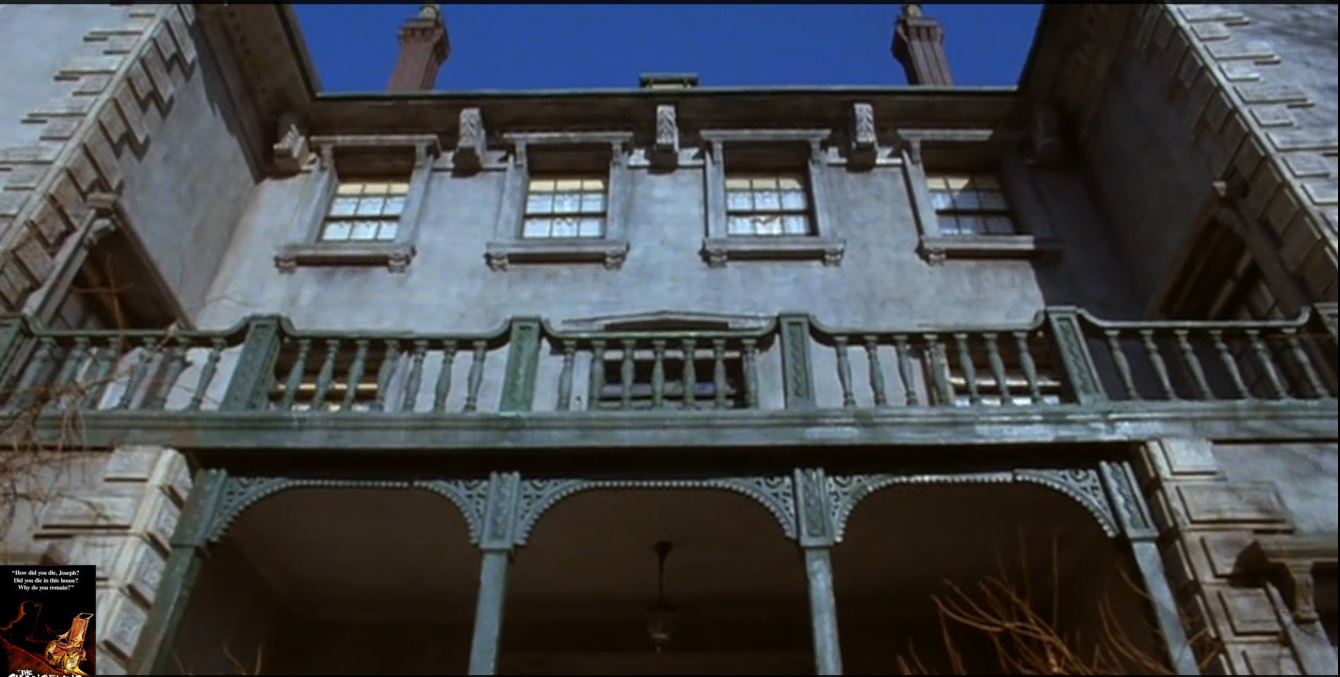
Video above of ongoing “Point of View (pov)” shot. Medak does not intend for viewers to only watch the actors, but instead become a participant in the story. Viewers walk through the house as if guests, making the horror film all that more terrifying and suspenseful.
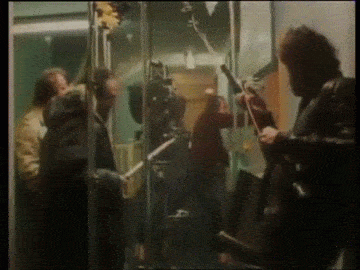
The example of Stanley Kubrick utilizing the “floating cam” method while filming actor Jack Nicholson swinging at the door with an ax was also used by Medak in ‘Chandelier Shot #2’ below.

Notice the difference between the two shots of the same chandelier. The difference rests on the impending fall the viewer predicts in Shot #2. Because the second shot tricks us into following the movement in motion of the object, we are participating in the scene rather than simply witnessing it. In the first shot, since the camera is steady, the feeling is of being more in-control. Combining the two shot results in a bigger reaction for the viewer once the chandelier finally falls.

Creating films within the horror genre comes with its own special needs and requirements. It is not enough to simply draw in the audience, or to have them witness terror through the eyes of the actors. For the best horror films, it is vital for the viewer to experience horror themselves, without the ability to reach for the hand of the other person in the room and without the option to remove themselves from creation and intention of the director. The Changeling does a fine job of this and leads by example for decades of horror films to follow.
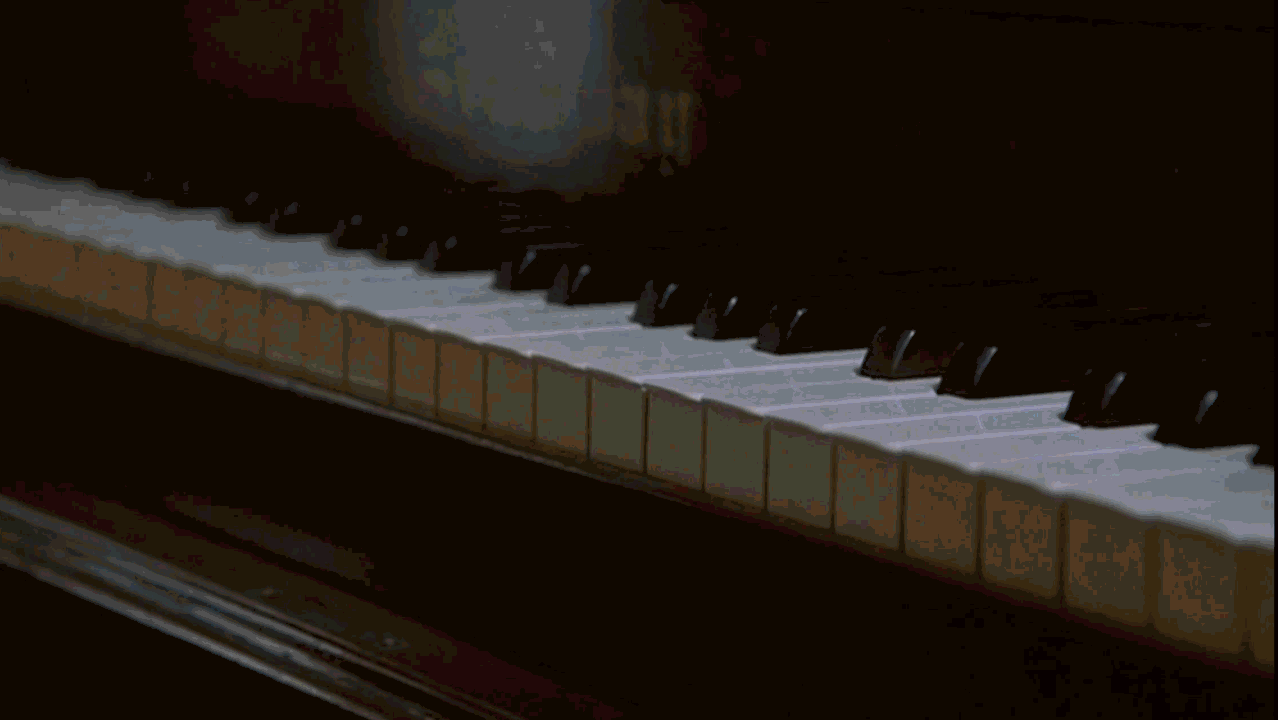
Alone. Yes, that’s the key word, the most awful word in the English tongue. Murder doesn’t hold a candle to it and hell is only a poor synonym. — Stephen King, Salem’s Lot
-By Christina Persaud
